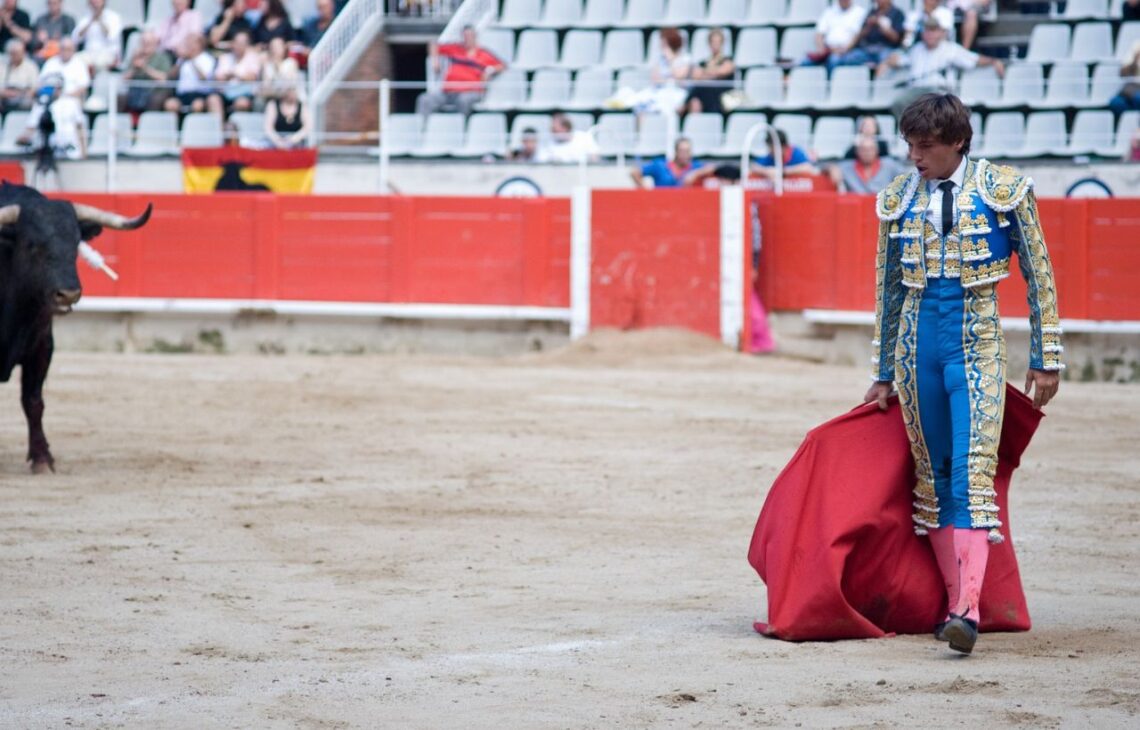
The different stages of a bullfight in Madrid and what to look out for
Bullfighting, also known as “tauromachia” or “corrida de toros” in Spanish, is a centuries-old tradition that has been deeply ingrained in the Spanish culture. It is a controversial sport that involves a bullfighter, or “matador,” facing off against a bull in a large arena known as a “plaza de toros.” Madrid, the capital city of Spain, is renowned for its bullfights, with the most famous being held at the Plaza de Toros de Las Ventas.
A bullfight is a spectacle that can be both thrilling and captivating. However, for those unfamiliar with the sport, it can also be confusing and overwhelming. In this article, we will take a closer look at the different stages of a bullfight in Madrid and what to look out for, to help tourists understand and appreciate this ancient tradition.
- Pre-fight preparations
Before the actual bullfight begins, there are several pre-fight preparations that take place. These include the “paseíllo,” a ceremonial procession in which the bullfighters and their assistants parade around the ring, and the “tercio de varas,” in which the bull is tested with a lance to assess its strength and bravery.
During the “paseíllo,” the bullfighters and their assistants enter the arena in a specific order, with the most senior matador entering last. This procession is accompanied by traditional music, and it is an opportunity for the bullfighters to show off their costumes and for the crowd to cheer them on.
The “tercio de varas” is the first stage of the bullfight, in which the bull is tested with a lance to assess its strength and bravery. This stage is not meant to harm the bull but rather to tire it out, so it is easier to control during the later stages of the fight.
- The three “tercios”
The bullfight is divided into three stages, or “tercios,” each with its own set of rules and traditions.
2.1 The first tercio: “tercio de varas”
As mentioned earlier, the “tercio de varas” is the first stage of the bullfight. The bullfighter, or “matador,” enters the arena armed with a lance, which he uses to test the bull’s strength and bravery. The objective of this stage is not to harm the bull but to tire it out so that it is easier to control during the later stages of the fight.
After the “tercio de varas” is completed, the bullfighter waves a handkerchief to signal the end of the stage. The bull is then led away from the ring, and the matador takes a break to change into a new suit of clothes.
2.2 The second tercio: “tercio de banderillas”
The second stage of the bullfight is the “tercio de banderillas.” In this stage, the bullfighter enters the arena armed with two long sticks called “banderillas,” which are decorated with colorful paper and sharp barbs.
The bullfighter attempts to place the banderillas in the bull’s back, just behind the shoulders. This stage is meant to showcase the bullfighter’s skill and courage, as he must get close to the bull to place the banderillas, while avoiding its horns.
2.3 The third tercio: “tercio de muerte”
The third and final stage of the bullfight is the “tercio de muerte,” or the “act of killing.” In this stage, the matador attempts to kill the bull with a sword. The objective is to make a clean and quick kill, which requires a great deal of precision and skill.
The matador enters the arena with a red cape, or “muleta,” and a sword. He uses the muleta to taunt and distract the bull, while he positions himself for the final kill. Once he is in position, the matador raises the sword and aims for the bull’s heart.
If the matador is successful, the bull will die quickly and humanely. If not, he may need to use a backup weapon to finish the job. Once the bull is dead, it is dragged out of the arena, and the matador takes a victory lap around the ring.
Conclusion
Bullfighting is a controversial sport that has been a part of Spanish culture for centuries. For tourists visiting Madrid, attending a bullfight can be an exciting and unforgettable experience. However, it is important to remember that bullfighting is a dangerous and potentially violent sport that is not suitable for everyone.
If you do decide to attend a bullfight, it is essential to understand the different stages of the fight and what to look out for. By learning about the pre-fight preparations, the three tercios, and the final act of killing, you can gain a better appreciation for this ancient tradition and the skills required of the matadors.
Whether you love it or hate it, bullfighting remains an integral part of Spanish culture and history. By understanding the different stages of a bullfight in Madrid, you can gain a deeper insight into this controversial and fascinating sport.